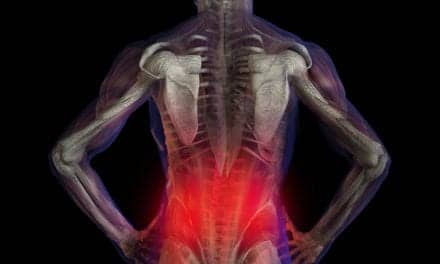Last Updated: 2008-05-26 10:00:30 -0400 (Reuters Health)
NEW YORK (Reuters Health) – A simple clinical maneuver can greatly reduce the shoulder pain as well as nausea and vomiting that is often seen after laparoscopic surgery, researchers report in the May issue of Obstetrics and Gynecology.
Post-laparoscopy shoulder pain is thought to result when carbon dioxide, used for insufflation, irritates the phrenic nerve, leading to referred pain at C4. Thus, maneuvers to fully evacuate carbon dioxide at the end of surgery might reduce the pain.
In the present study, Dr. Christian C. Apfel and colleagues tested the efficacy of one such maneuver, which involves placing the patient in Trendelenburg position and performing five manual inflations of the lung to encourage pulmonary recruitment and promote carbon dioxide efflux from the abdominal cavity.
The study included 116 female outpatients who were randomly assigned to have carbon dioxide removal with the new technique or with standard passive deflation through the abdominal cannula.
Visual analogue scores for shoulder pain at 12, 24, and 36 hours after discharge were all significantly lower in the group treated with the new technique (p < 0.05).
Moreover, use of the new technique reduced positional pain from 63% to 31% (p < 0.05) and cut the rate of nausea and vomiting from 56.5% to 20.4% (p < 0.001).
The authors conclude that the carbon dioxide removal maneuver is "easy enough to be implemented in daily clinical practice and might have additional benefits as well, such as reducing atelectasis induced by the laparoscopic technique."
Obstet Gynecol 2008;111:1155-1160.
Copyright Reuters 2008. Click for Restrictions




